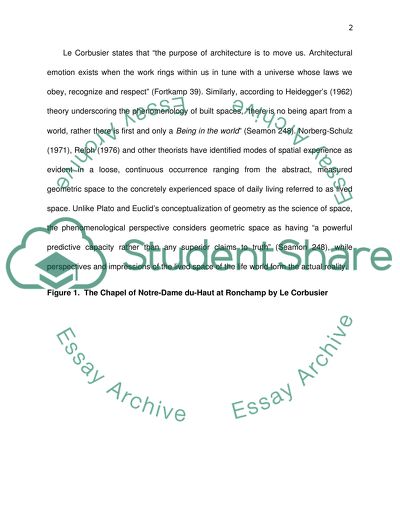Cite this document
(Phenomenological Perspective Essay Example | Topics and Well Written Essays - 1750 words, n.d.)
Phenomenological Perspective Essay Example | Topics and Well Written Essays - 1750 words. https://studentshare.org/architecture/1573132-phenomenology-and-building
Phenomenological Perspective Essay Example | Topics and Well Written Essays - 1750 words. https://studentshare.org/architecture/1573132-phenomenology-and-building
(Phenomenological Perspective Essay Example | Topics and Well Written Essays - 1750 Words)
Phenomenological Perspective Essay Example | Topics and Well Written Essays - 1750 Words. https://studentshare.org/architecture/1573132-phenomenology-and-building.
Phenomenological Perspective Essay Example | Topics and Well Written Essays - 1750 Words. https://studentshare.org/architecture/1573132-phenomenology-and-building.
“Phenomenological Perspective Essay Example | Topics and Well Written Essays - 1750 Words”. https://studentshare.org/architecture/1573132-phenomenology-and-building.


